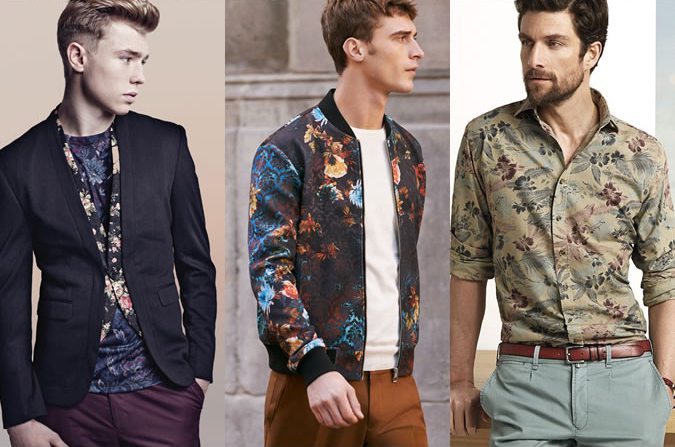The fashion industry has undergone a significant transformation in recent years, with designers and brands embracing diversity, inclusivity, and individuality in their collections. This shift in attitude has also impacted how people perceive and express their sexuality through clothing. Gay fashion is no longer limited to clichéd rainbow-colored attire or flamboyant outfits but a range of styles that cater to a diverse community.
Defining Gay Fashion
Gay fashion is a term that describes clothing, accessories, and styles that are popular within the LGBTQ+ community. It is often characterized by bright colors, bold prints, and non-traditional designs that celebrate individuality and self-expression. However, as the LGBTQ+ community grows and evolves, so does gay fashion. Today, it includes a broader range of styles, from classic to avant-garde, that cater to diverse identities, preferences, and body types.
Breaking Stereotypes in Gay Fashion
For years, the media and mainstream culture have portrayed gay men as effeminate and flamboyant, often wearing glittery and flamboyant clothing. However, this stereotype is far from reality, as gay men come in all shapes, sizes, and styles. The rise of inclusive fashion has challenged this stereotype, showing that gay men can dress in a range of styles that are not limited to over-the-top attire.
From streetwear to formalwear, gay fashion now caters to various styles and tastes. It has also become more gender-neutral, with designers blurring the lines between men’s and women’s fashion. This shift has created a more inclusive fashion landscape, where everyone can express themselves through clothing regardless of their gender identity or sexual orientation.
The Role of Fashion in LGBTQ+ Rights
Fashion has always played a significant role in political and social movements; the LGBTQ+ community is no exception. In the past, clothing that expressed one’s gender or sexual identity was often seen as provocative or taboo. However, as the fight for LGBTQ+ rights gained momentum, so did the need for visibility and representation in all areas of life, including fashion.
Gay fashion has become a form of self-expression and activism, allowing individuals to show their pride, support, and belonging to the community. It has also become a way to challenge heteronormative standards and stereotypes, showing that gender and sexuality are fluid and diverse. Brands and designers also use their platforms to raise awareness and support LGBTQ+ rights, making fashion an integral part of the movement.
Embracing Diversity in Gay Fashion
The evolution of gay fashion has led to a more inclusive and diverse industry where everyone can find their unique style and expression. It has also created a space for underrepresented groups within the LGBTQ+ community, such as people of color, trans individuals, and non-binary individuals.
One of the most significant changes in gay fashion has been the embrace of body positivity and size inclusivity. For years, fashion has been criticized for perpetuating unrealistic beauty standards and promoting unhealthy body ideals. However, the rise of inclusive fashion has challenged these standards, showing that beauty comes in all shapes and sizes.
Conclusion
Gay fashion has come a long way from its stereotypical roots, becoming a more inclusive and diverse space that celebrates individuality and self-expression. From challenging stereotypes to promoting LGBTQ+ rights, fashion has become vital to the movement toward equality and acceptance. As the industry continues to evolve, we can expect to see more diversity, creativity, and representation in gay fashion, creating a space where everyone can feel seen and celebrated.

